In the context of the rapidly growing culinary and food service industry, investing in industrial kitchen equipment for a canteen […]
Read more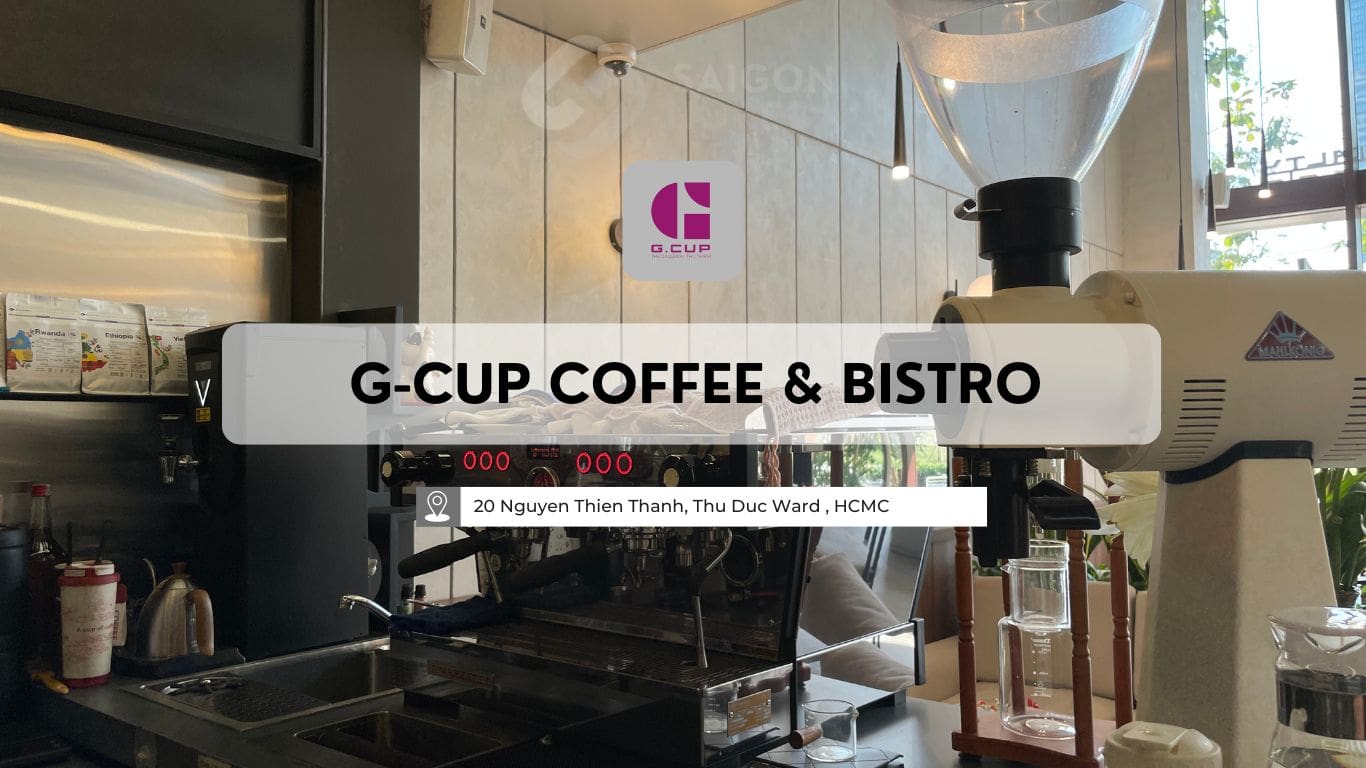
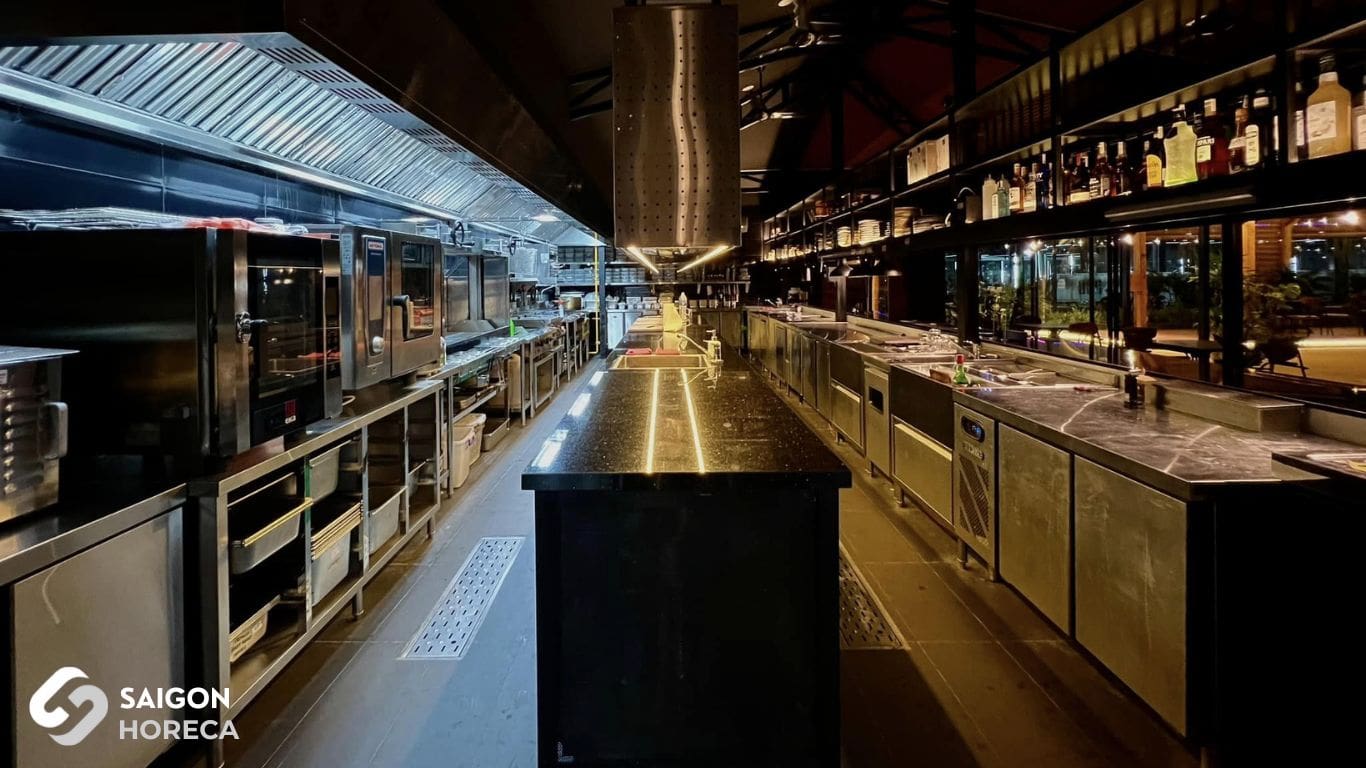
In the modern context, a canteen kitchen is not just a place to provide meals for a large number of employees, students, or workers but also plays a crucial role in creating an effective working and learning environment, ensuring health and food safety.
However, building and operating a standard-compliant canteen kitchen is no small feat. This is why turning to professional canteen kitchen design consulting experts is a crucial step to ensure an efficient and sustainable industrial kitchen system.
In this article, Saigon Horeca will help you explore the most important criteria for designing a canteen kitchen, from workspace layout to equipment systems and hygiene standards. With extensive experience and deep expertise, we are committed to providing comprehensive solutions that meet all your needs.
In collective environments such as schools, factories, hospitals, or offices, a canteen kitchen serves not only as a place to provide daily meals but also plays a crucial role in maintaining the health and morale of the entire group.
In any organization, the quality of meals significantly impacts the performance and well-being of individuals. Conversely, if the canteen operations are not optimized, leading to delays or deficiencies in meal quality, it can negatively affect the morale and health of the group.
In addition to meeting dining needs, a canteen must also comply with strict food safety and hygiene requirements. With frequent interactions among hundreds or even thousands of people, each meal must be meticulously prepared—from ingredient selection and cooking to storage—to ensure no food safety incidents occur.
Therefore, the role of a canteen kitchen in collective environments extends beyond merely providing meals; it is fundamental to creating a healthy and effective working or learning environment. A properly designed canteen system not only helps optimize operational processes and reduce costs but also contributes to building a professional image and ensuring the satisfaction of employees or students with the organization.
A standard-compliant canteen kitchen must ensure optimal space utilization, creating a seamless workflow and minimizing unnecessary movement.
Proper space allocation prevents overlap between preparation, cooking, and cleaning areas, which can lead to chaos and decreased efficiency.
Each area should be clearly defined and logically connected to facilitate a quick and effective working process. This not only enhances productivity but also minimizes workplace safety risks.
In a canteen kitchen environment, handling large volumes of food requires industrial-grade equipment capable of continuous and durable operation.
Equipment such as ovens, high-capacity gas stoves, dishwashers, and industrial refrigeration systems must offer high performance while ensuring safety and ease of use.
Choosing the right type of equipment optimizes the cooking process, reduces maintenance costs, extends the lifespan of the equipment, and ensures consistency in meal quality.
A canteen kitchen frequently deals with significant heat and smoke, so a ventilation and fresh air system is crucial for ensuring a safe and comfortable working environment.
This system must be designed to efficiently remove heat, odors, and smoke, keeping the kitchen space well-ventilated, reducing air pollution risks, and safeguarding staff health.
Additionally, a good ventilation and fresh air system helps protect equipment and facilities from damage caused by smoke and moisture accumulation.
A scientific allocation between storage and processing areas is vital for the efficiency and cleanliness of a standard-compliant canteen kitchen.
The storage area should be located near the processing area for easy access to ingredients, while keeping raw and cooked foods separate to prevent cross-contamination.
Furthermore, maintaining hygiene in each area is crucial for food safety, preventing health risks for consumers.
Mastering these factors ensures that the canteen kitchen operates smoothly and efficiently while adhering to strict hygiene and safety standards, providing safe and high-quality meals for the community.
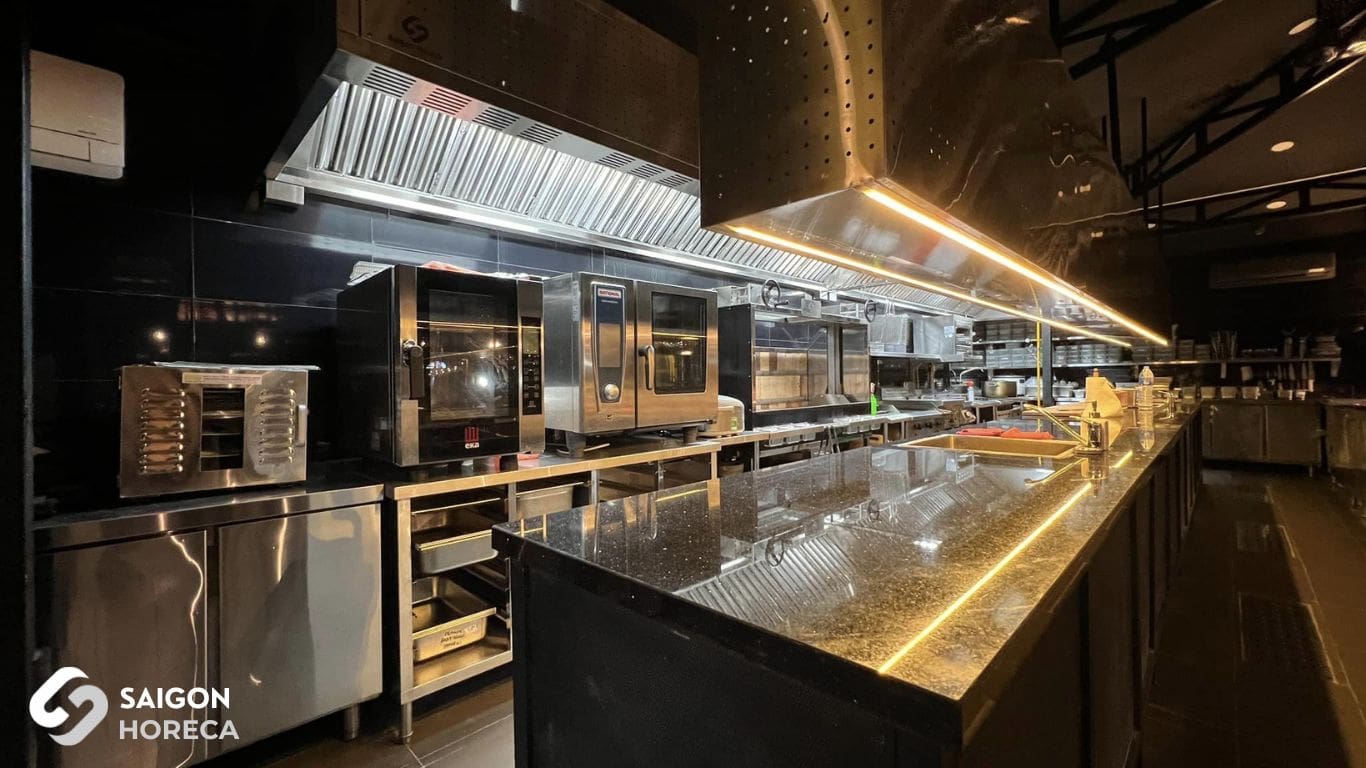
In designing a canteen kitchen, adhering to the hygiene and food safety regulations set by the Ministry of Health is crucial to ensuring a safe and legal food preparation environment. The Ministry of Health requires that industrial kitchens meet design and operational standards to prevent food contamination risks, including:

A fundamental requirement for food safety is the clear separation between areas for processing raw and cooked foods. This measure is crucial for preventing cross-contamination. The canteen kitchen design should focus on:
Effective waste and wastewater management is vital for maintaining hygiene and food safety in a canteen kitchen. Key solutions include:
Adhering to hygiene and food safety standards not only ensures the effective operation of the canteen kitchen but also protects consumer health, ensuring community satisfaction and trust. Investing in proper design and operations will bring long-term benefits to both the organization and its dining service users.
A well-designed canteen kitchen not only enhances operational efficiency but also optimizes operational and maintenance costs. A strategic design reduces energy, water, and material wastage while minimizing equipment malfunctions through the use of high-quality industrial equipment and optimized operational systems.
A well-designed canteen kitchen ensures convenience and efficiency in food preparation while improving meal quality.
Compliance with food hygiene and safety standards is mandatory for any canteen kitchen. A standard-compliant design ensures adherence to all relevant legal requirements, thus reducing the risk of violations and associated legal issues.
In summary, a well-designed canteen kitchen offers practical benefits, including cost optimization, enhanced meal quality, and food safety compliance. Investing in professional design not only boosts operational efficiency but also contributes to user satisfaction and safety.


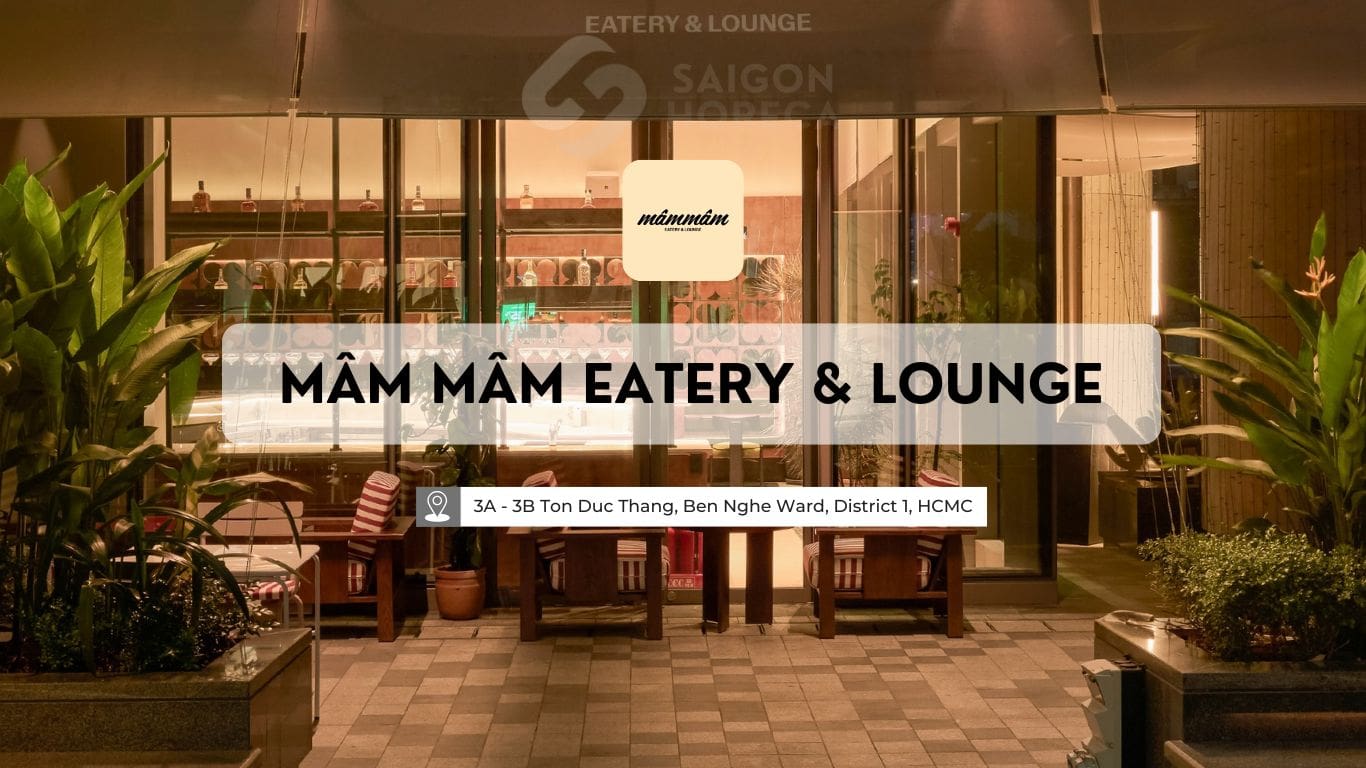
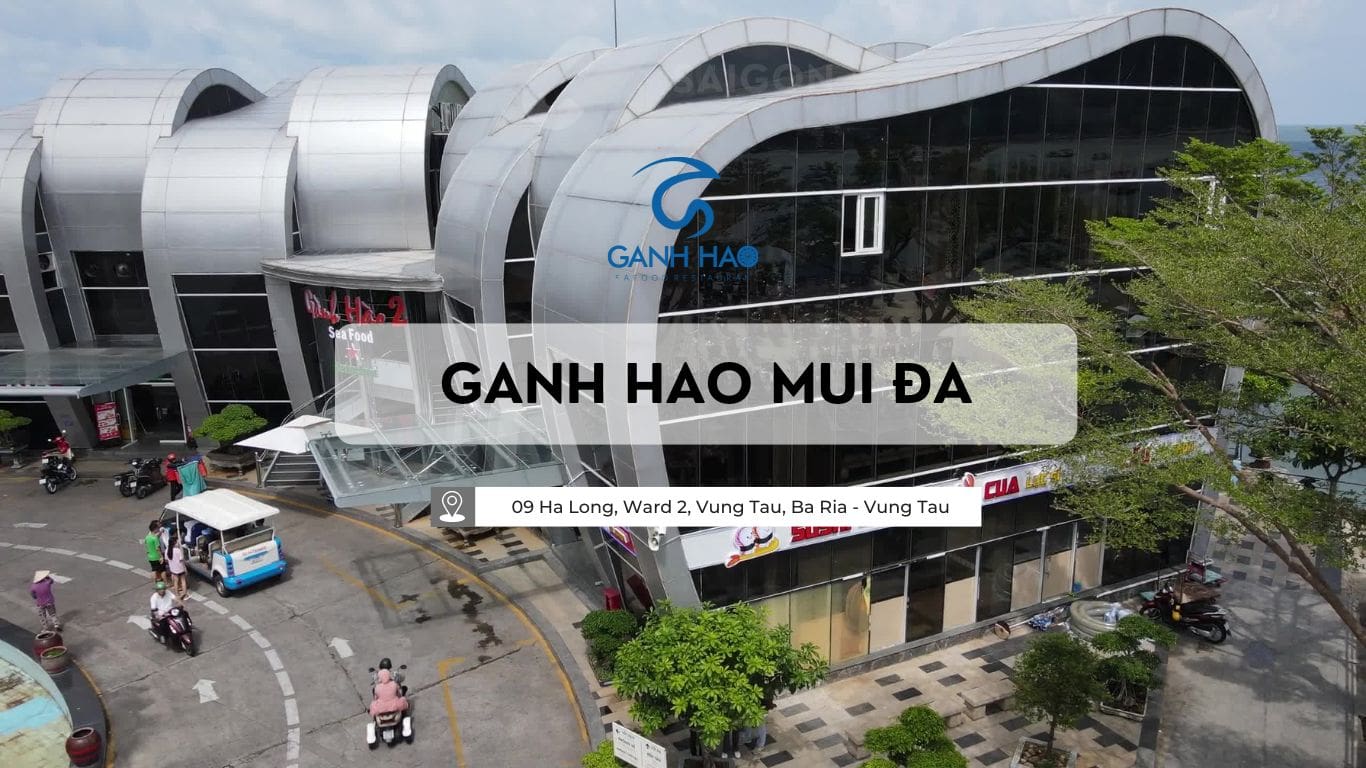
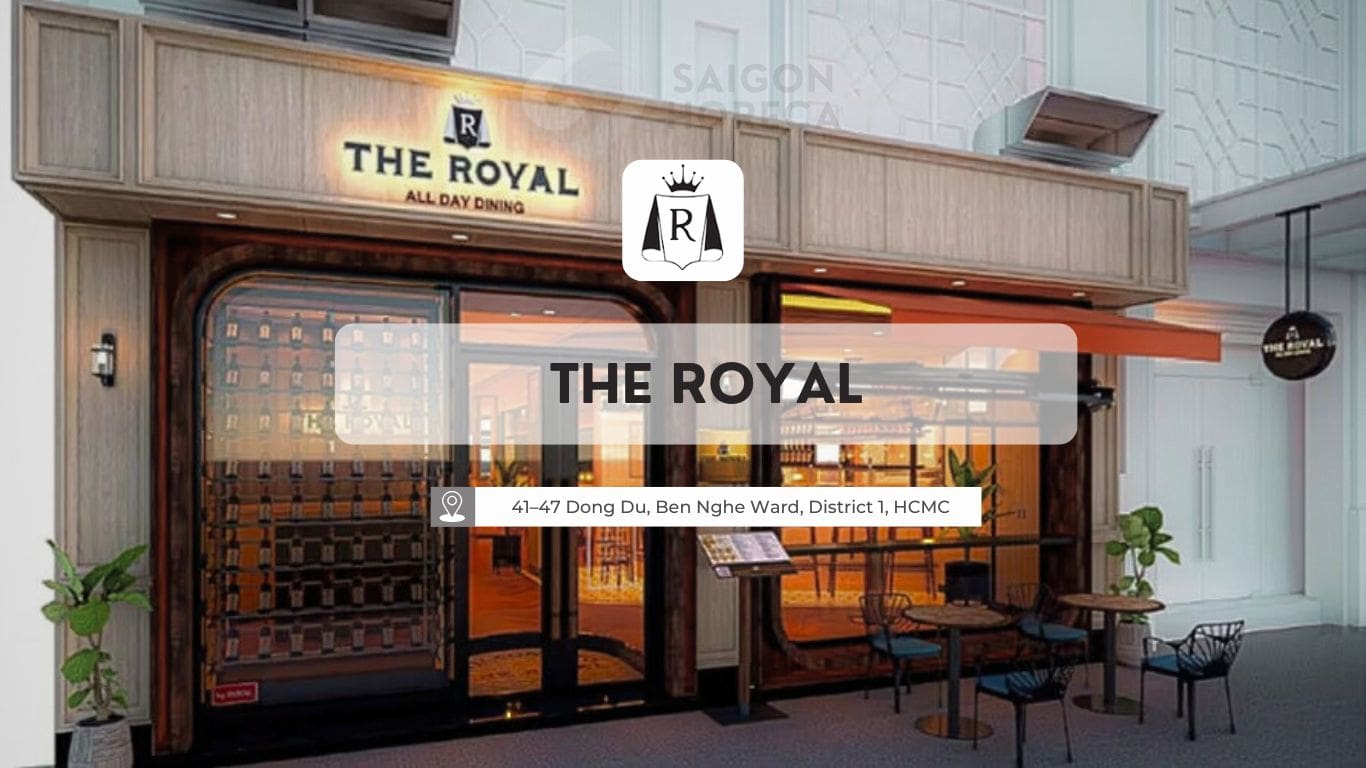
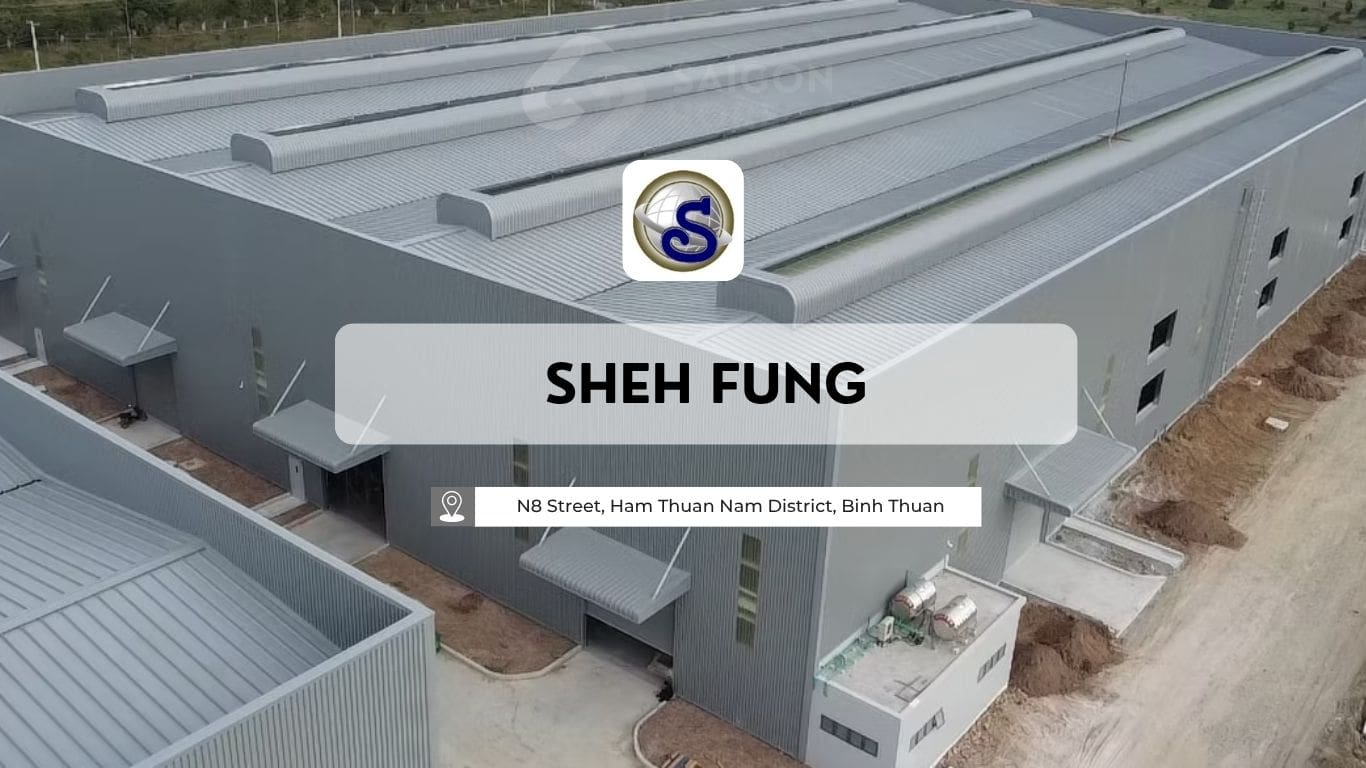


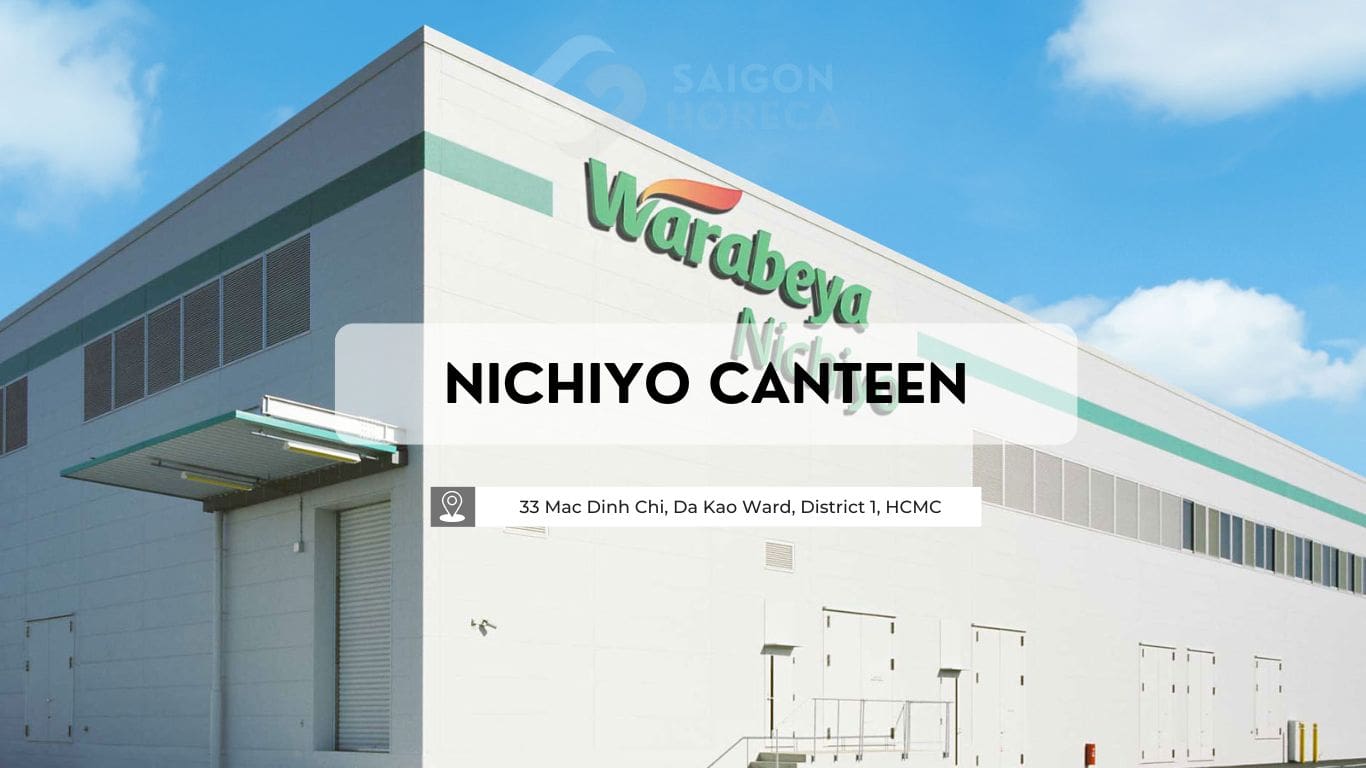

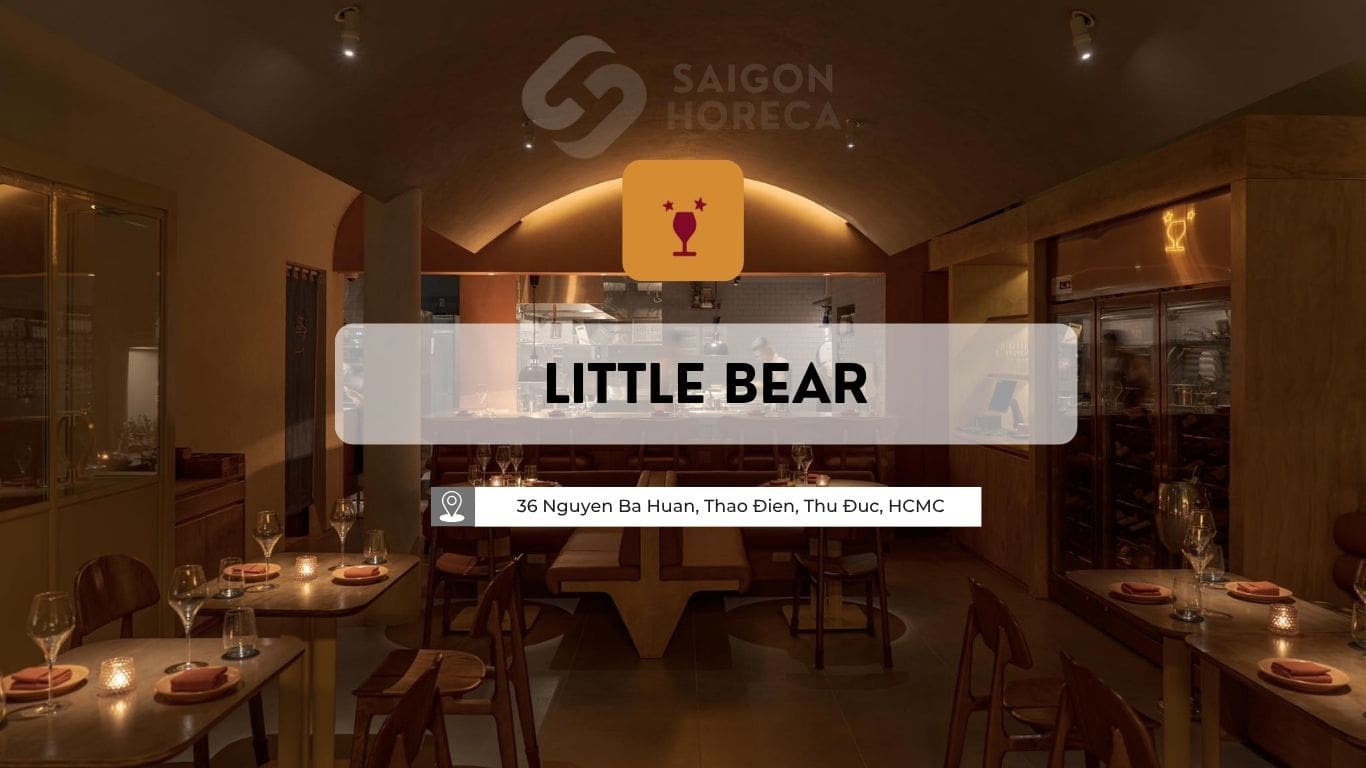

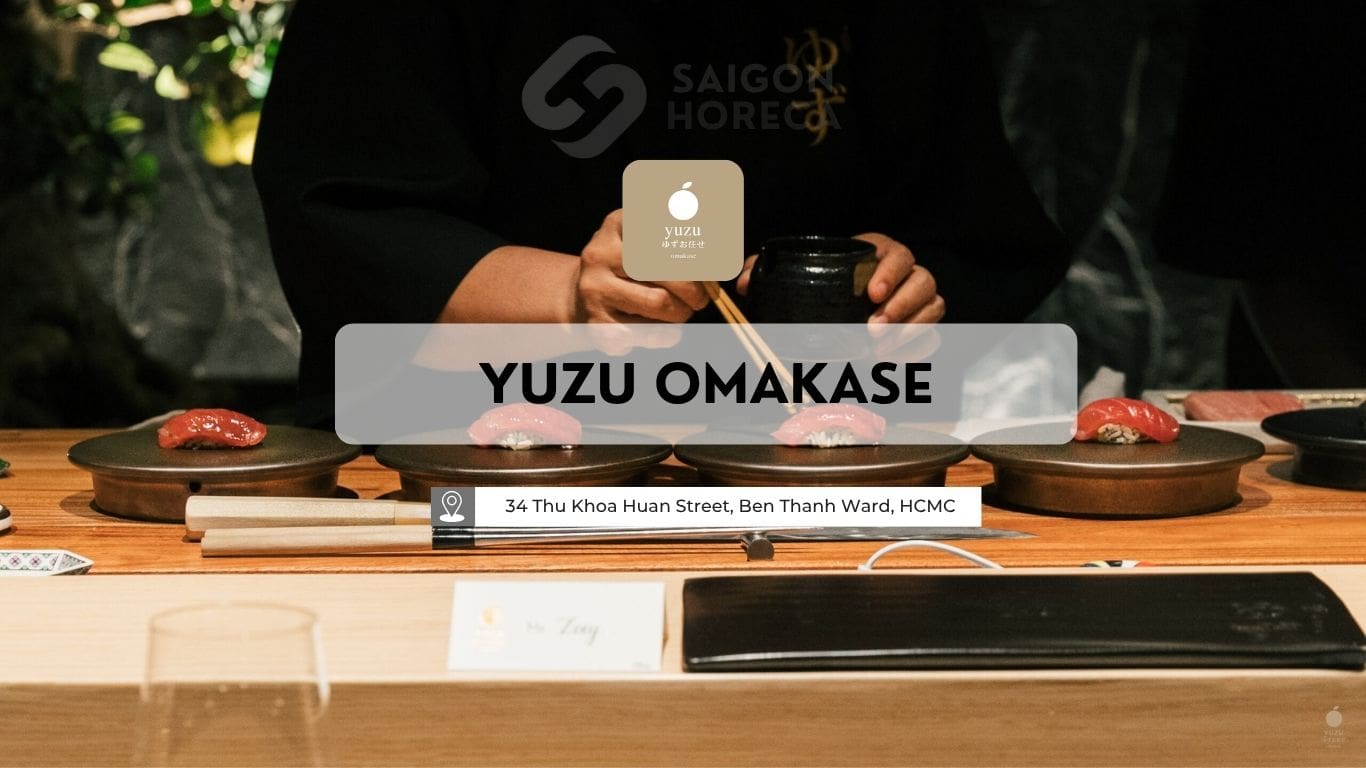
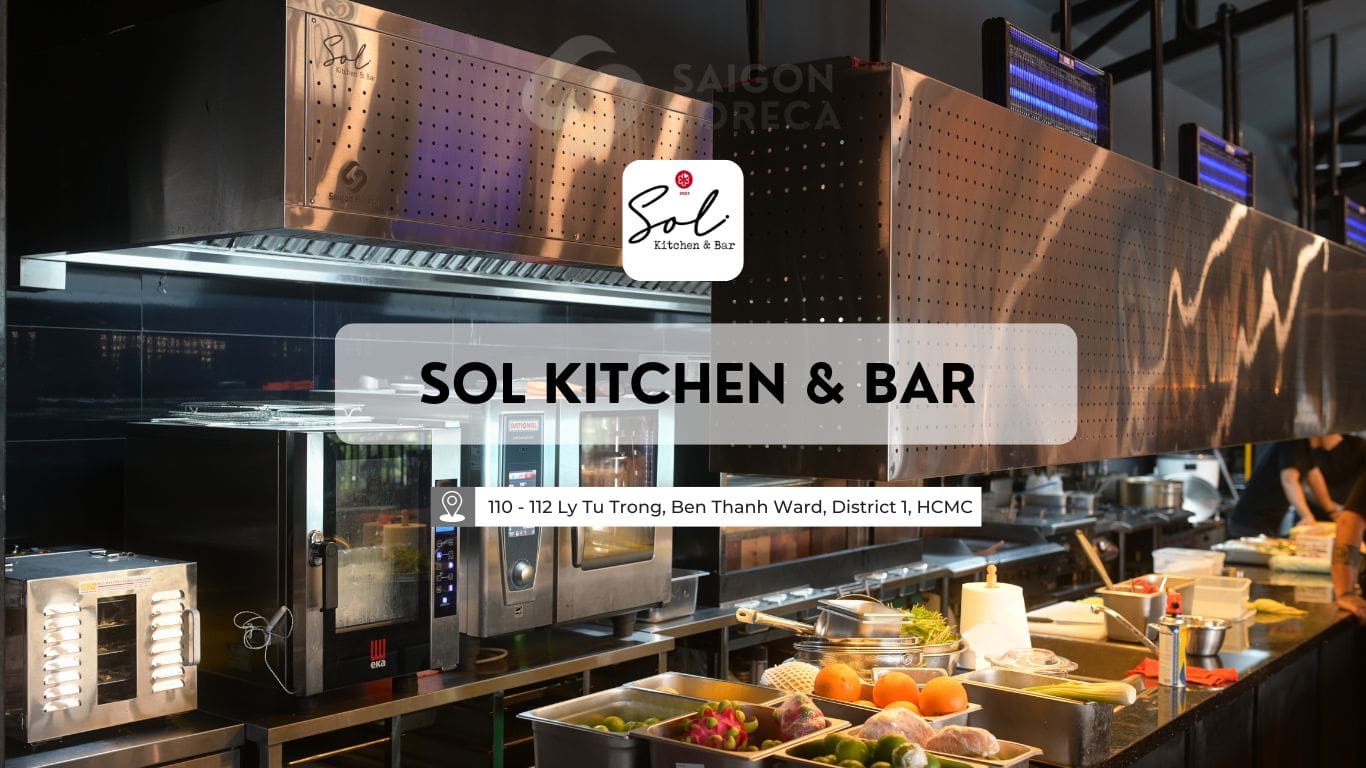
Monday - Friday
from 8h00 to 18h00
40 Street No. 6, Melosa Garden, Phu Huu District, HCMC
Contact anytime
In the context of the rapidly growing culinary and food service industry, investing in industrial kitchen equipment for a canteen […]
Read moreLooking to elevate your grilled dishes with a Salamander Grill? With its ability to grill quickly and evenly while giving […]
Read more